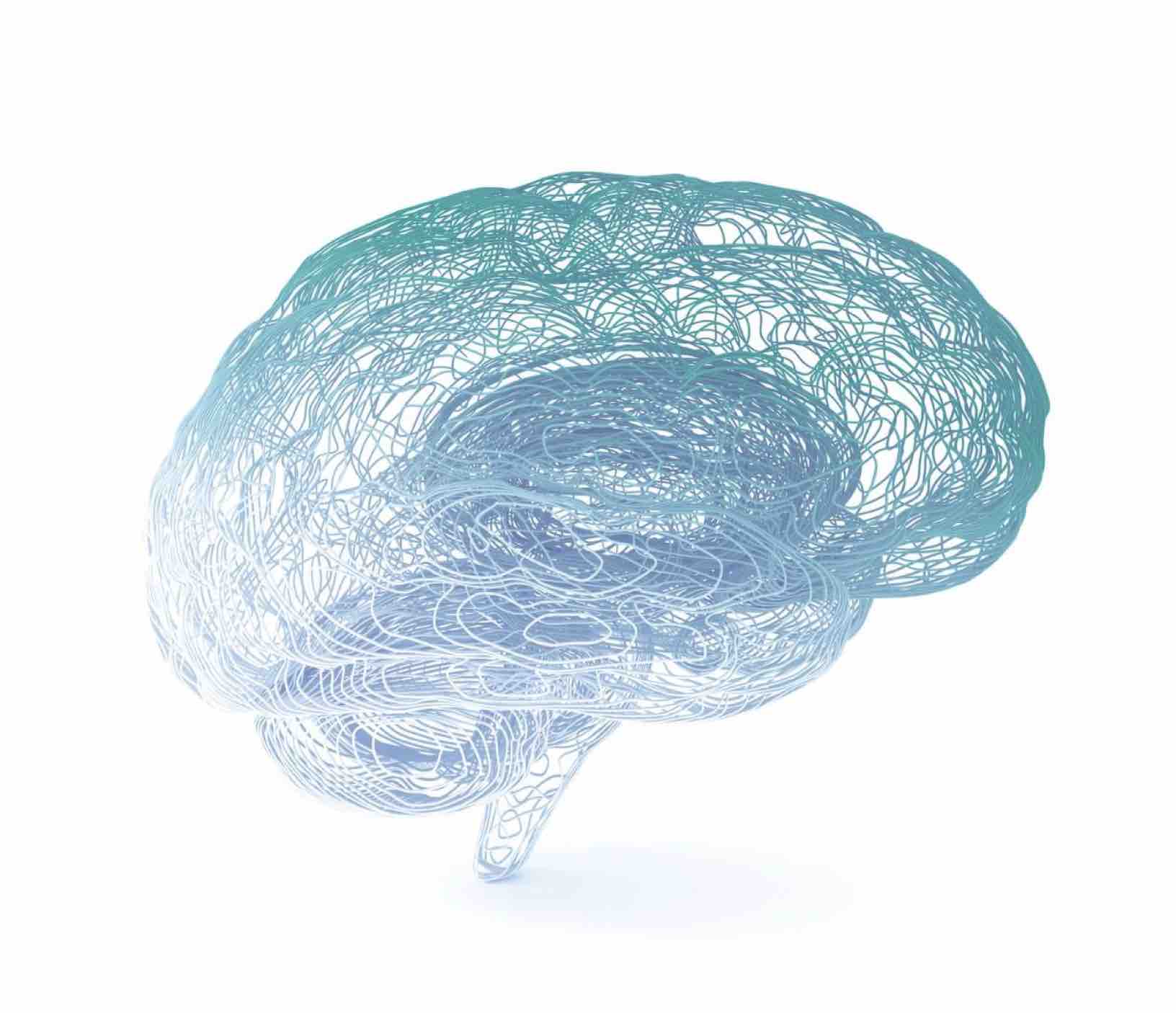
Stroke is the fifth leading cause of death in the United States and the leading cause of serious long-term disability. In some states like Illinois, it ranks as high as the third. While public education campaigns from organizations like the American Heart Association have raised awareness, stroke rates continue to rise—especially in younger adults. In fact, stroke incidence among patients aged 18 to 45 has increased by over 40% in recent decades.
When stroke prevention fails, the best defense is early symptom recognition and immediate treatment. That’s the foundation of a strong Telestroke program. But even well-designed emergency workflows can break down if there’s no efficient way to connect with a vascular neurologist. In many hospitals, neurologists are not available onsite, and the emergency department may struggle to distinguish stroke from other conditions in a high-pressure environment.
Telemedicine helps bridge this gap, but there’s still no universal standard for how quickly a hospital should be able to connect to a teleneurologist. This delay can cost lives—and brain function.
Most stroke care guidelines focus on what to do after the neurologist joins the consult. Far fewer guidelines address how quickly that neurologist should be brought into the conversation.
Some organizations, like the American Telemedicine Association, offer vague guidance, suggesting turnaround time requirements may be recommended. Others, like the DVN-GL, suggest a neurologist should be available within 20 minutes of stroke alert initiation. But in a world where 1.9 million neurons are lost each minute during an ischemic stroke, even 20 minutes is too long.
The challenge isn’t just diagnosis—it’s access. And the first barrier is connecting the emergency care team to the right specialist, fast.
Hospitals use several methods to route stroke consults to teleneurologists. Each method has strengths—but also critical limitations.
Telehealth Platforms integrate call and notification alerts as part of their comprehensive package. While exact workflows differ, most platforms allow onsite staff to request a consult and then are placed in a “waiting room” until the provider joins the meeting.
Healthcare Communication Apps give any healthcare worker the ability to create teams and establish communication with other team members about a specific patient. These Apps allow team members from multiple touchpoints along the patient journey to communicate effectively.
The connection type chosen typically rests on the workflow and resources of the hub site that is providing the Telestroke service. There are three different options for the hub site.
A call center is typically used to help triage the most acute cases and collect data when many hospitals are linked to a sizable number of vascular neurologists. Call centers collect data and start manual processes however, they are typically for the benefit of the hub site, not the patient site. Utilizing a call center can be associated with multiple limitations; delay in treatment time as the team onsite and the teleneurologist must be connected through a third party, miscommunication of information resulting in confusion and delays, human-error leading to a missed stroke code.
Telehealth platforms exist to incorporate all facets of patient care into one application. While video and audio are paramount to creating a patient/physician relationship, these platforms incorporate additional features such as alerts and notifications to create a comprehensive package. Typically, a direct link or a virtual waiting room is created and when both parties are ready the consultation may begin. Coordination of the provider and the site relies on the teleneurologist to be available when the alert comes through. Many technologies allow for a backup provider to step in when the on-call teleneurologist is busy.
Healthcare Communication apps allow healthcare teams to harness the power of cell phones, and tablets to quickly assemble a team of professionals to assist in patient care. While in the field an EMS team member can identify and alert a predetermined team member of the impending stroke arrival. These communication apps allow for effective communication, documentation, and timestamp validation without the need to purchase disparate hardware. However, there is an assumption that all members of the care team will be able to assist when called upon for this app to work appropriately. This can be especially complicated if the hospital uses a Telestroke vendor to staff their vascular neurologists as the vendor will be less likely to use a technology for only one or two customers.
Traditional telestroke programs often rely on large pools of neurologists covering dozens of hospitals. Scheduling is complex, and coverage gaps are common. Call centers and waiting rooms slow everything down.
Sevaro OneCall™, part of Synapse AI, was created to solve this problem. It’s a streamlined teleneurology connection system that allows hospital teams to speak directly to the on-call neurologist within seconds—no call centers, no waiting rooms, and no intermediaries.
This system combines intelligent physician scheduling with automated call routing. When a stroke consult is needed, the request goes straight to the neurologist or is automatically routed to a backup if the primary is unavailable.
Hospitals using Sevaro OneCall can:
Connect with a teleneurologist in under 45 seconds
Make treatment decisions immediately with live physician input
Automatically route calls to backup providers when needed
Log time-sensitive stroke metrics for quality reporting
Bypass call centers and virtual waiting rooms entirely
With today’s siloed yet sophisticated health system hospitals must invest in telehealth platforms and communication applications to create Telestroke programs that empower acute care staff to connect with vascular neurologists.
However, call centers can and should be replaced to cut down on redundant and expensive processes that delay communication and, in some instances, impede communication.
Sevaro OneCall is one example of using a technology to replace this traditional function in Telestroke response. A connection with the vascular neurologist within 45 seconds should be considered as the new standard in stroke response.
When this type of response time can be replicated repeatedly it allows all hospitals, regardless of size and resources, to treat ischemic stroke patients as fast as possible.